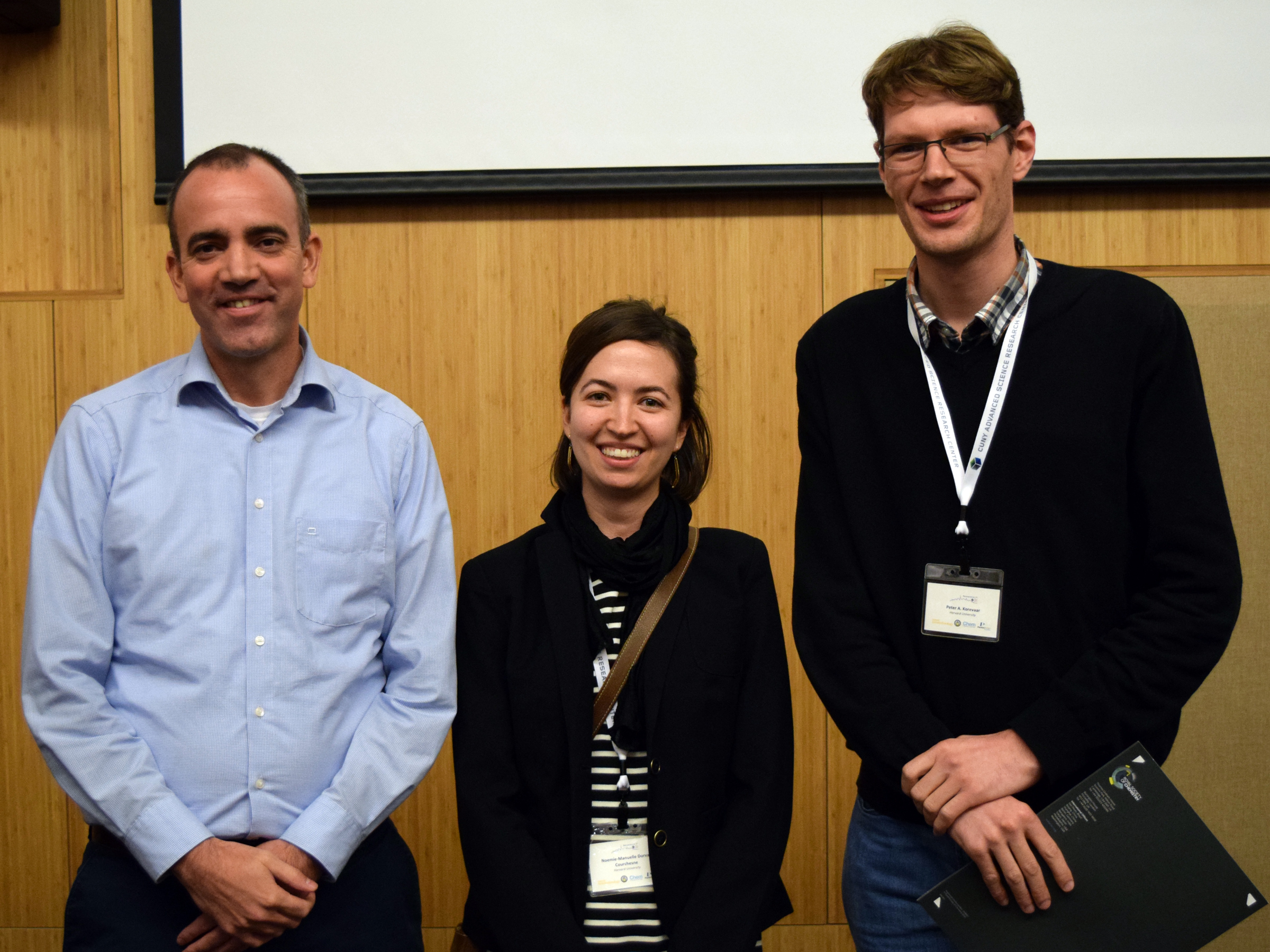
We are thrilled to announce the first ever Impact Factor* has been released as 9.095!
The Editorial Office would like to say a very big thank you to all of our authors and referees involved in making this journal such a success over the past two years. We know that in the coming years, the journal will continue to thrive with your continued support.
Here are some of the articles that have contributed to this incredible achievement:
Mind the gap!
Jean-Luc Bredas
Mater. Horiz., 2014, 1, 17-19
Recent progress on graphene-based hybrid electrocatalysts
BaoYu Xia, Ya Yan, Xin Wang and Xiong Wen (David) Lou
Mater. Horiz., 2014, 1, 379-399
Protein corona formation around nanoparticles – from the past to the future
Pablo del Pino, Beatriz Pelaz, Qian Zhang, Pauline Maffre, G. Ulrich Nienhaus and Wolfgang J. Parak
Mater. Horiz., 2014, 1, 301-313
Catalyst-free room-temperature self-healing elastomers based on aromatic disulfide metathesis
Alaitz Rekondo, Roberto Martin, Alaitz Ruiz de Luzuriaga, Germán Cabañero, Hans J. Grande and Ibon Odriozola
Mater. Horiz., 2014, 1, 237-240
Direct evidence to support the restriction of intramolecular rotation hypothesis for the mechanism of aggregation-induced emission: temperature resolved terahertz spectra of tetraphenylethene
Edward P. J. Parrott, Nicholas Y. Tan, Rongrong Hu, J. Axel Zeitler, Ben Zhong Tang and Emma Pickwell-MacPherson
Mater. Horiz., 2014, 1, 251-258
L-Valine methyl ester-containing tetraphenylethene: aggregation-induced emission, aggregation-induced circular dichroism, circularly polarized luminescence, and helical self-assembly
Hongkun Li, Juan Cheng, Yihua Zhao, Jacky W. Y. Lam, Kam Sing Wong, Hongkai Wu, Bing Shi Li and Ben Zhong Tang
Mater. Horiz., 2014, 1, 518-521
* 2015 Journal Citation Reports® (Thomson Reuters)



















